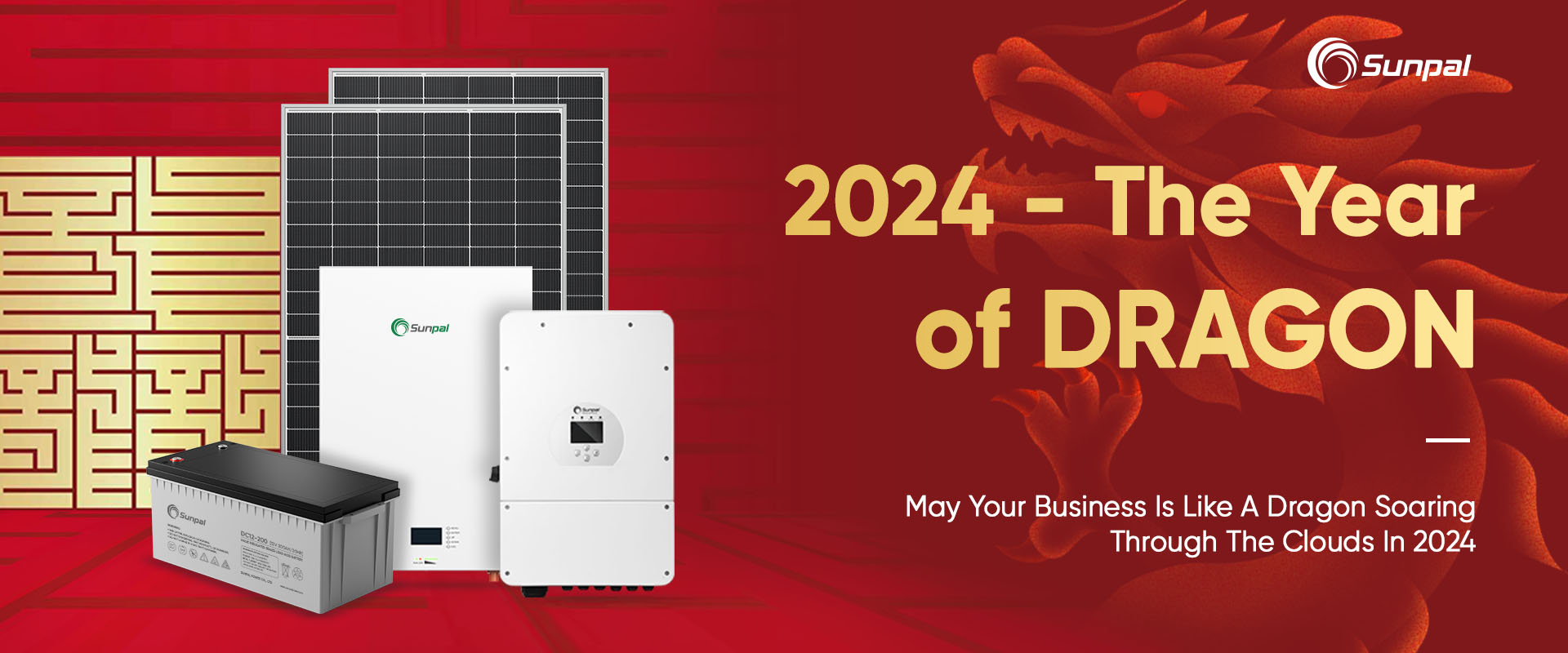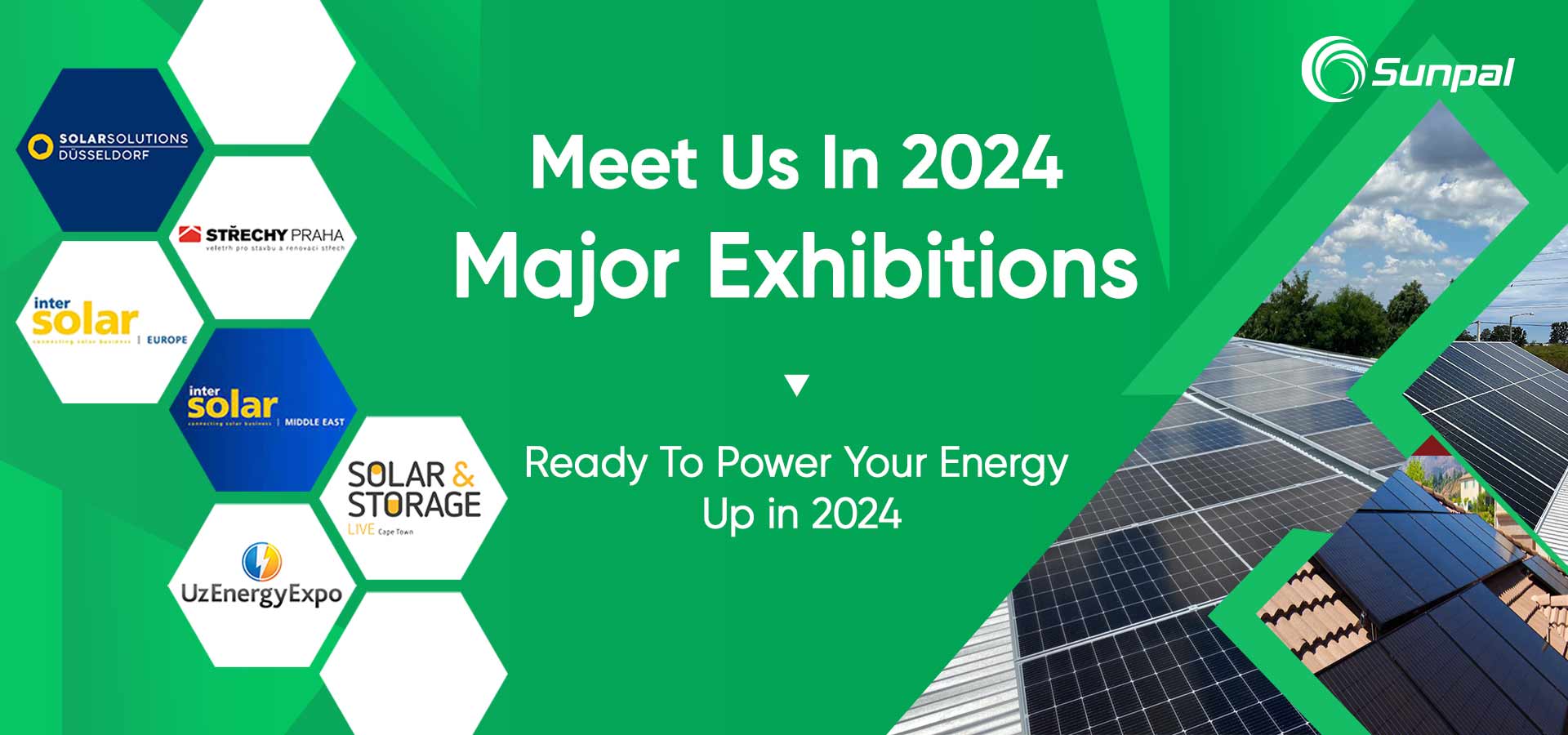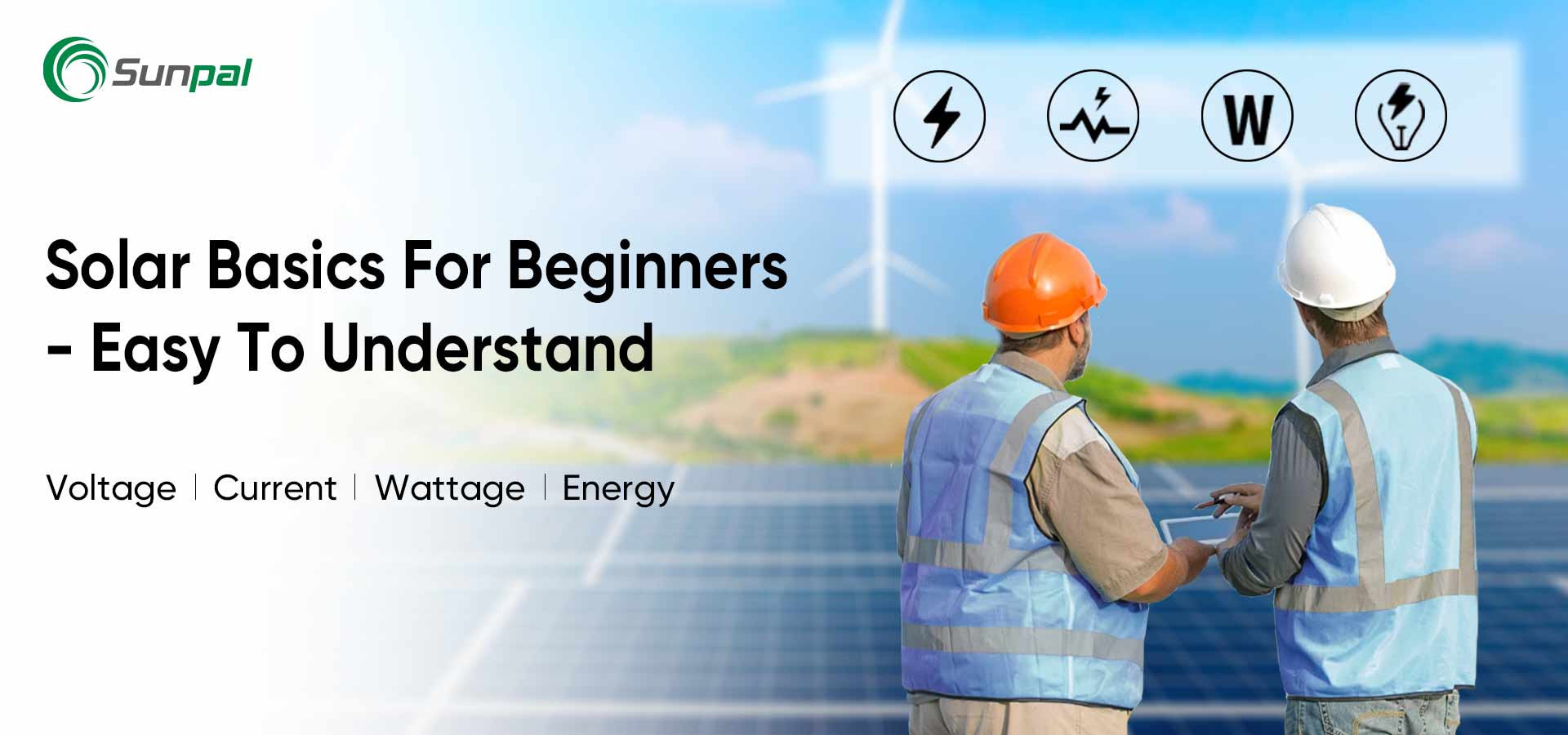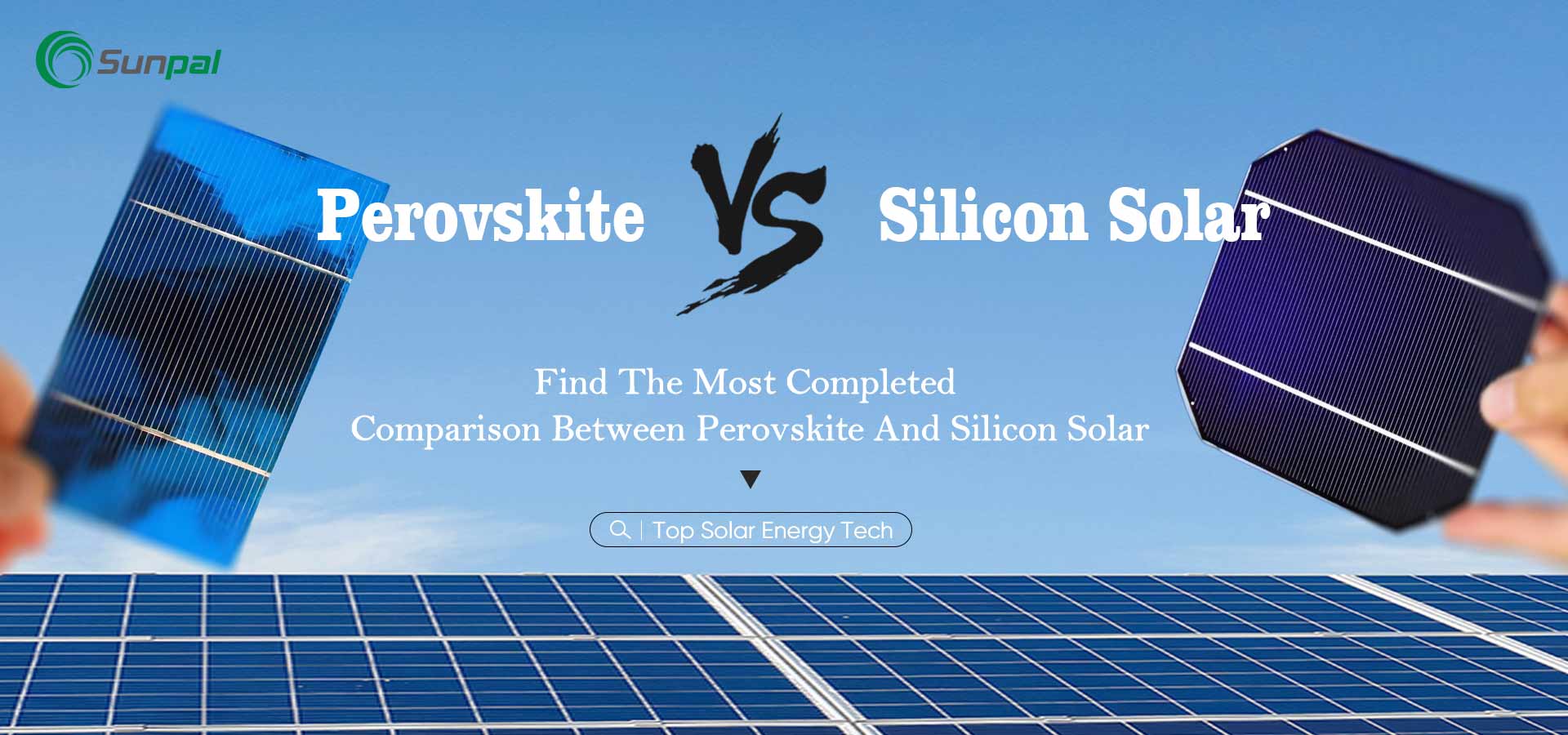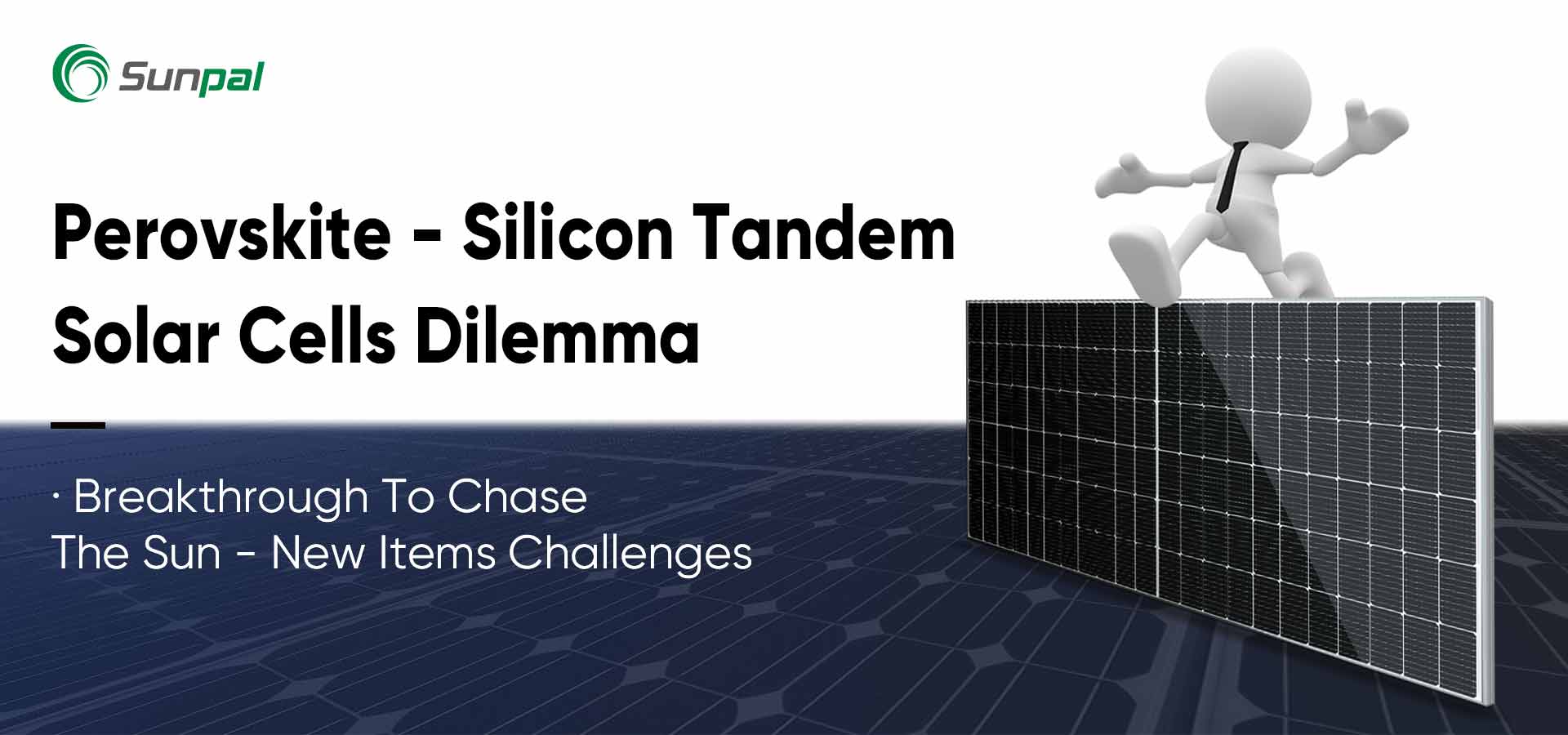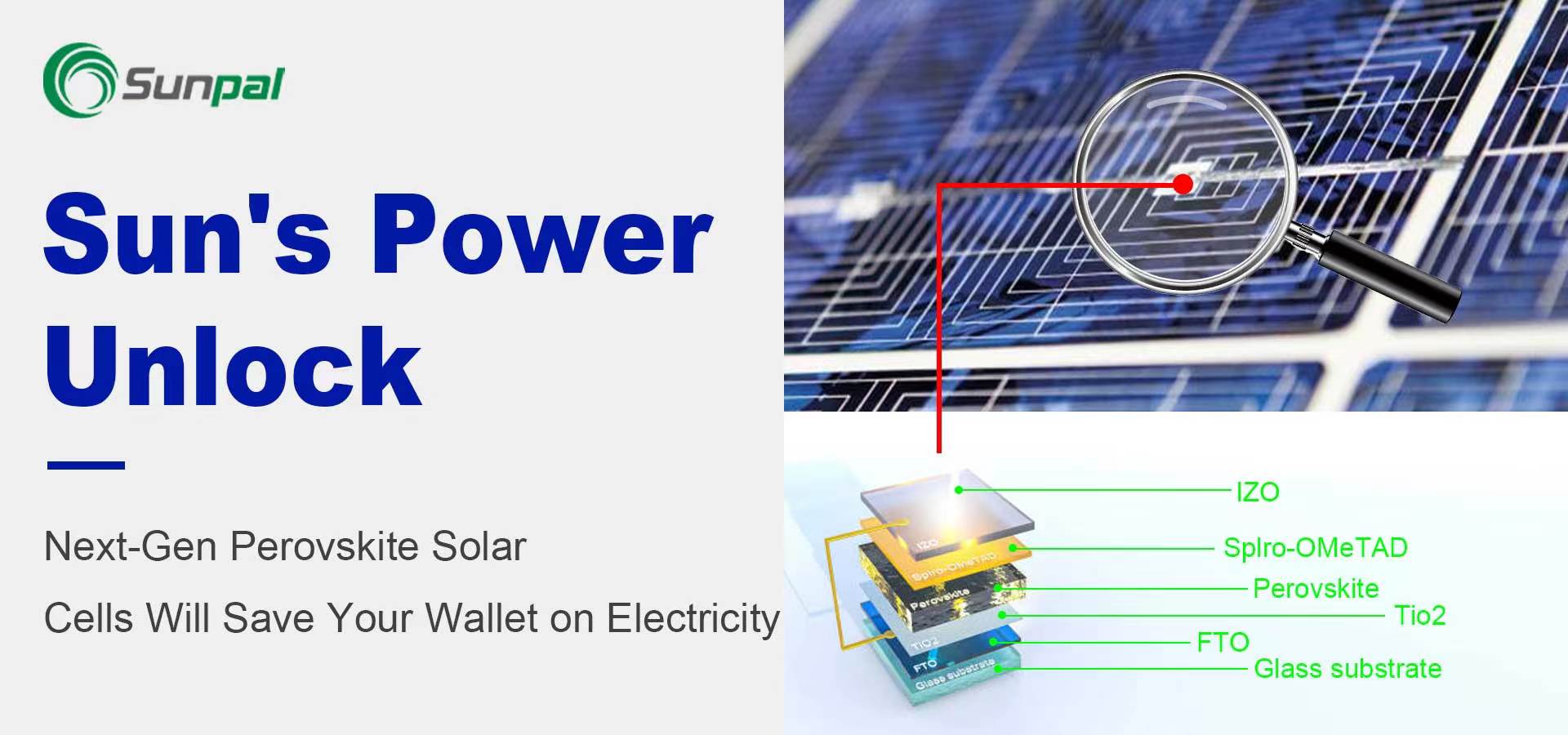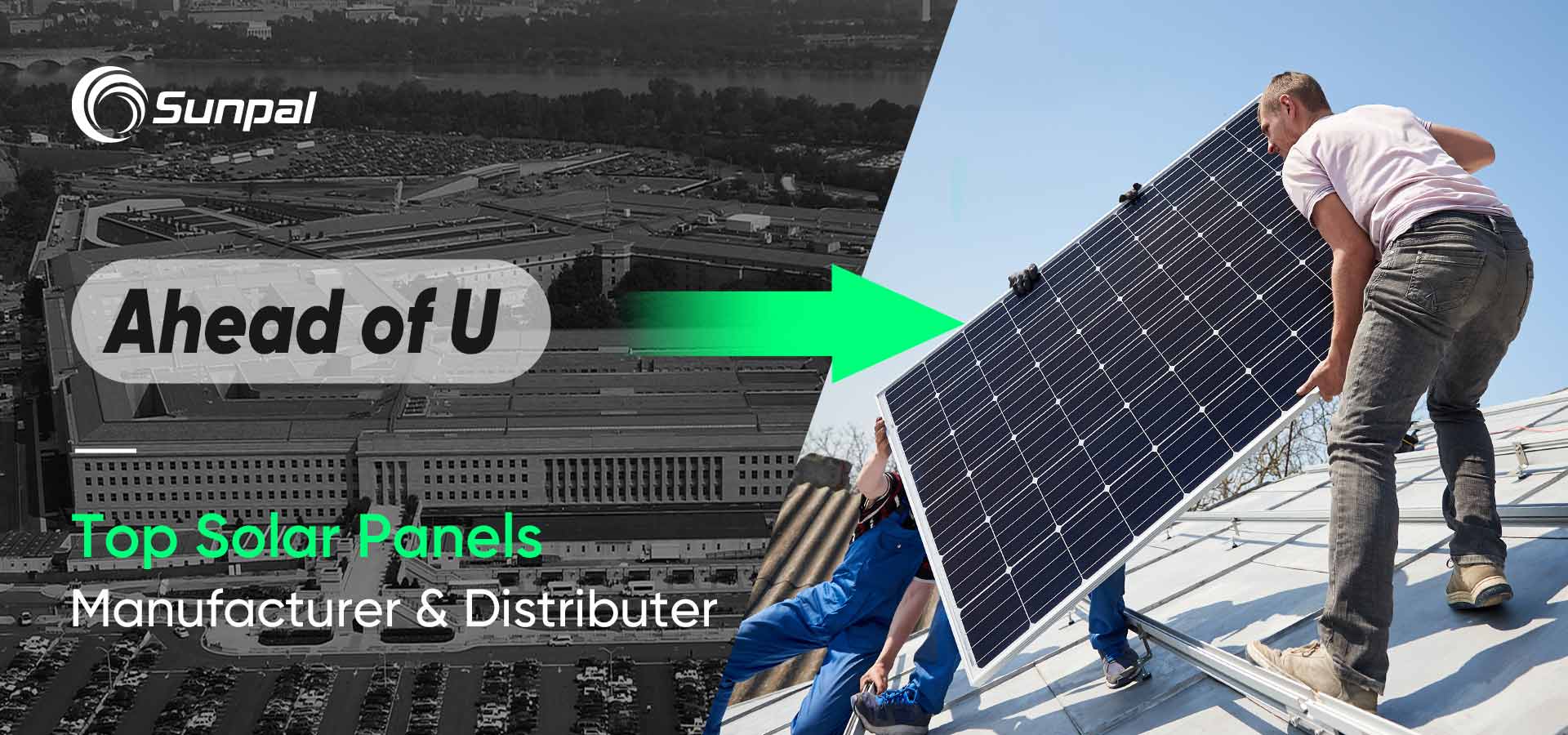2024.Feb
04
Newbies Solar Basics: Master Voltage/Current/Wattage/Energy
As the popularity of solar power continues to grow, so does the need for a deeper understanding of the key concepts involved, especially for those new to the field. Fundamental terms such as voltage, current, wattage, and energy can initially appear daunting. However, they can be made comprehensible and accessible to everybody with the aid of well-constructed metaphors and practical examples. This guide aims to provide a comprehensive understanding of these vital concepts, their roles, and their interplay in the realm of solar power. Understanding Voltage: It's Like The Force Behind Electricity Flow Voltage, at its core, is the electrical potential difference between two points. It can be drawn parallel to the pressure within a water pipe. The higher the pressure, the more water can be propelled through the pipe. Similarly, in a solar power system, the higher the voltage, the greater the potential for electricity to flow. Voltage is measured in volts (V) and is a crucial factor in solar power systems. When discussing solar panels, for instance, the correct matching of voltage is critical for the system to perform optimally. If the voltage is too low, the system will not function efficiently, and if too high, it may cause damage. Understanding Current: It's Like The River of Electric Charge The current represents the flow of electric charge within a circuit. Much like water flowing through a pipe, the greater the current, the more electricity flows. It is measured in amperes (A). In our water pipe metaphor, if the current is analogous to the water's flow, then a larger current would mean more water flowing through the pipe. In the context of solar power systems, managing the current correctly is vital. An understanding of the handling of current becomes particularly important when dealing with solar panels, where it directly affects performance and efficiency. Understanding Wattage: It's Like The Measure of Energy Used or Produced Wattage refers to the rate at which electrical energy is consumed or produced. One can compare wattage to the speed of water flowing through a pipe. The faster the water flows (higher wattage), the quicker the energy is utilized or generated. Wattage is measured in watts (W) and is of particular importance when evaluating the power output and efficiency of solar panels. A solar panel with a higher wattage will generate electricity more quickly, but it will also consume more energy. Understanding Energy: It's Like Harnessing the Capacity to Perform Work Energy, in the context of electricity, is the capacity to do work or produce heat. Drawing again on our water pipe metaphor, energy would equate to the amount of water stored in a reservoir, ready to be used. Energy is measured in watt-hours (Wh) or kilowatt-hours (kWh) in solar power systems. This measurement is crucial for understanding the energy production and storage capabilities of solar panels. This understanding helps in assessing the effectiveness of a solar panel...
Read More
